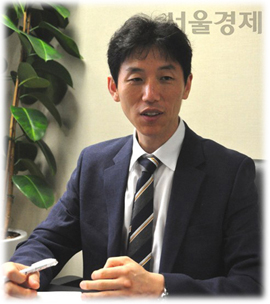| 일 | 월 | 화 | 수 | 목 | 금 | 토 |
|---|---|---|---|---|---|---|
| 1 | 2 | 3 | 4 | 5 | ||
| 6 | 7 | 8 | 9 | 10 | 11 | 12 |
| 13 | 14 | 15 | 16 | 17 | 18 | 19 |
| 20 | 21 | 22 | 23 | 24 | 25 | 26 |
| 27 | 28 | 29 | 30 | 31 |
- 1st Law of politics
- Political Change
- politics
- Orderliness of Choice
- Samjae Capacities
- political organization
- Differences in Individual Abilities and Tendencies
- Task Delegates of the Ruler: Inner Circle
- politics and war
- the 2nd law
- Political Regimes
- Regime Change
- Samjae Capacity
- Mathematical Model of political science
- Power
- survival process theory
- Cohesion Force
- political phenomena
- Value Systems
- Political power
- politics of Inner Circle
- the 3rd Law of politics
- Operation of the 2nd Law
- Canonical Politics
- new political science
- mechanism of politics
- Mathematical Model of politics
- power and organization
- Order of Choice
- Political Regime
- Today
- Total
New Political Science
a. Explanation of Key Concepts of the 2nd Law 본문
a. Explanation of Key Concepts of the 2nd Law
Political Science 2023. 12. 12. 15:30a. Explanation of Key Concepts of the 2nd Law
To understand the 2nd law, it is important to first have a good understanding of the key concepts that it employs. These unfamiliar and abstract concepts are introduced to explain various aspects of political phenomena through a more simplified law.
㉠ Crisis and Security Force[Ch.3.203]
The 2nd law is about the balance between "political crisis" and "security force." crisis(\( \vec{R_{SK}} \)) means a situation where the survival of a political actor, such as an individual or a group, is in danger, and security force(\( \vec{D} \)) means the capacity to overcome such a crisis. In other words, crisis means a possibility of decreasing survival capacity, and security force means a possibility of increasing survival capacity. The balance between crisis and security force determines the future survival of a political actor.
Let's think of the profit that a political organization(g) secures as the area enclosed by the closed curve. If we represent the political organization with a closed curve g in [Diag.3.B.2], crisis is the factor that makes this curve shrink, while security force is what makes it expand.
Here, security force can be called "realized profit." Realized profit also increases the capacity for survival, which is why the curve in the diagram expands. Therefore, as realized profit increases, the exact political effect of an increase in security force occurs. This is a weakening of cohesion force and internal power within the organization. The Somang Church, founded in 1977, became an ultra- large church with over 70,000 members including one senior pastor, 19 assistant pastors, and 62 elders, with an annual budget of approximately KRW 30 billion in 2011. When church member Lee Myung-bak became president of Korea and recruited church members into the government at the beginning of his administration, the realized profit (\( \vec{D} \)) increased greatly, leading to an increase in physical violence among members and more complaints and reports. Similarly, there are also middle-level examples, such as the struggle of Jogyesa Temple, which has an enormous number of believers and a large budget, and micro-level examples of family members fighting over sudden wealth, with one trying to monopolize it while the others demand a fair distribution.
The components of (political) crisis are invasion threats and ideological diversity, while the components of security force are cohesion force and armament level. Therefore, the 2nd law, which talks about the balance between crisis and security force, explains the interaction between ① invasion threats, ② ideological diversity, ③ cohesion force, and ④ armament level.
'Mechanism of Politics' 카테고리의 다른 글
| a. ㉢ Ideological Diversity (0) | 2023.12.12 |
|---|---|
| a. ㉡ Invasion Threat (0) | 2023.12.12 |
| (2) Interpretation and Examples of the 2nd Law (0) | 2023.12.12 |
| b. Formalization of the 2nd Law (0) | 2023.12.12 |
| a. ㉡ Schematic Understanding of the 2nd Law (0) | 2023.12.12 |
